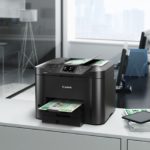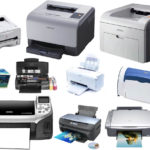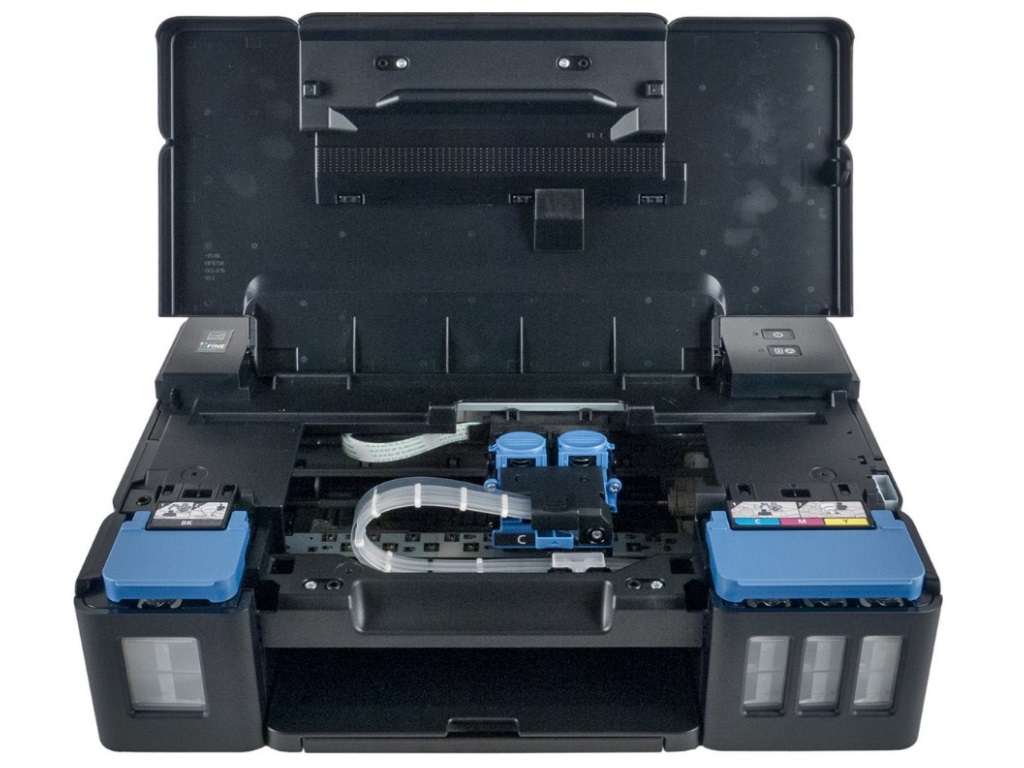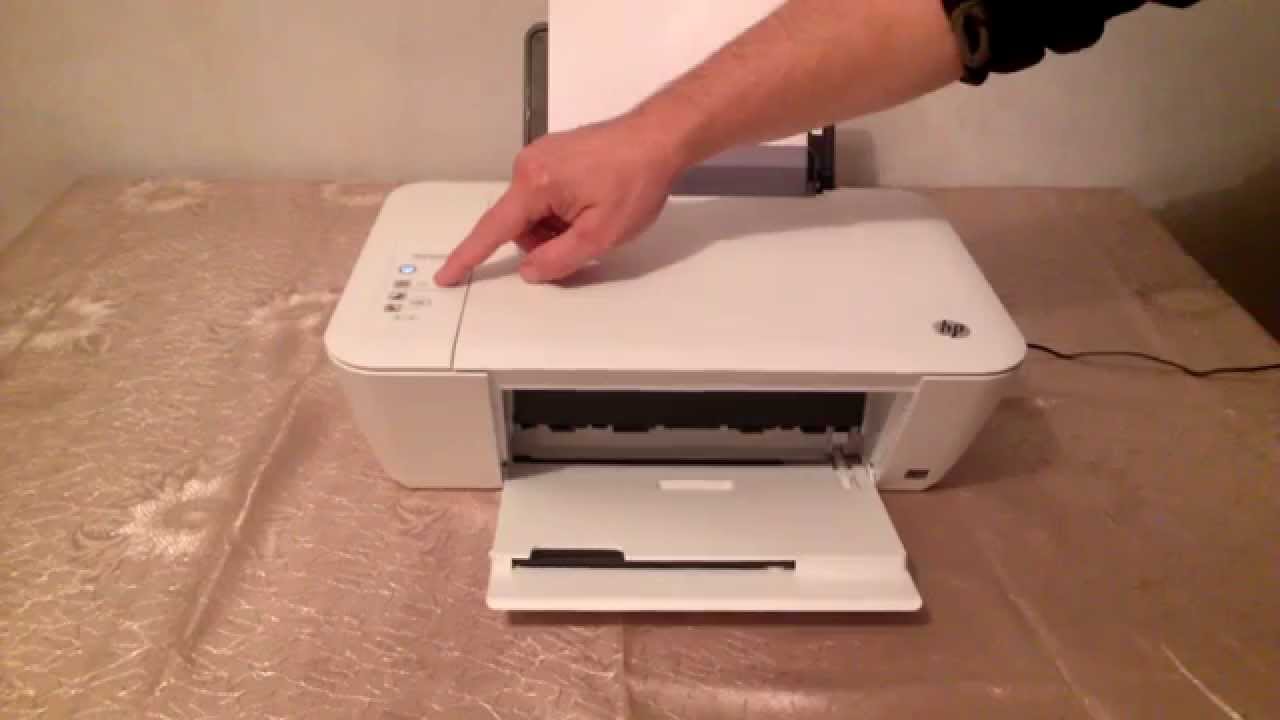How to choose a printer
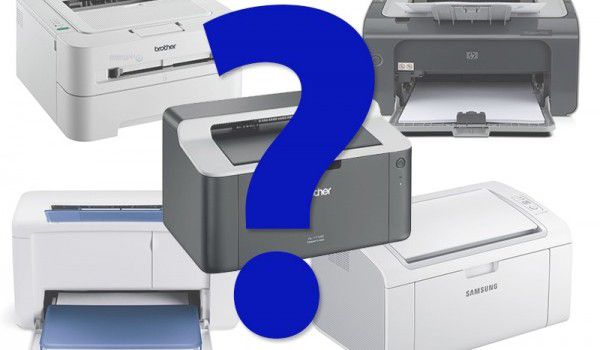 Numerous computer programs are meaningless without the ability to print the received documentary information or images. Printers or multifunctional devices (MFPs) with a printer function are used for this purpose. With all the variety of models offered by the market, they are divided into several types, differing in design and functional features.
Numerous computer programs are meaningless without the ability to print the received documentary information or images. Printers or multifunctional devices (MFPs) with a printer function are used for this purpose. With all the variety of models offered by the market, they are divided into several types, differing in design and functional features.
The content of the article
Selecting a printer: criteria
Most printers for home and office use are small in size.
Professional multifunctional devices with high performance usually require a separate installation space.
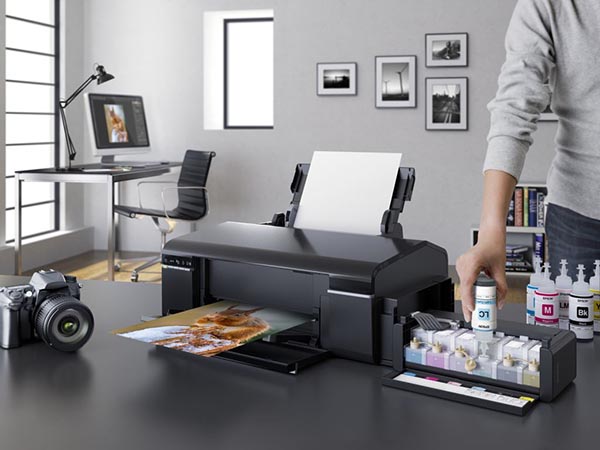
Printing technology
Printers differ in printing technology. Today there are 4 main types used:
- jet;
- laser (LED);
- sublimation;
- solid ink.
Inkjet technology is based on obtaining an image point by point with ink microdroplets sprayed by a print head with many micro-holes (nozzles). It features high-quality color printing at low speed and fast ink consumption.
The disadvantage of inkjet models is the relatively high cost of cartridges and photo paper, and the need for regular use of the device. Otherwise, the mechanism may become clogged with dried ink, which is very difficult to remove. This type of MFP uses 2 ink supply technologies: continuous and on demand.
Laser devices use dry electrographic printing, similar to a copying process. The page is transmitted using a laser or LED to a light-sensitive drum with a layer of dielectric, from which the finished image is rolled onto paper using toner. To fix the image, the toner is heated and fused into the paper.
Cartridges are refilled with ink or toner powder at office equipment service centers. You can replace old cartridges with new ones yourself without any professional skills.
Attention! Most manufacturers protect their cartridges with special chips that prevent them from being refilled.
Sublimation technology is based on the process of paint transitioning into a gaseous state at high temperatures, at which it penetrates deeply into the material. Such printers are classified as professional equipment. Designed for the production of souvenirs, advertising leaflets, banners. The process can use not only paper, but also plastic, glass, wood, metal, and fabric. The technology is distinguished by high-quality images.
The solid ink technique is used only for the color variety. The special feature is a waxy dye that comes in 4 primary colors (cyan, magenta, yellow and black). Inks melted at high temperatures are sprayed through the micro-holes of the piezoelectric printing mechanism onto a hot steel drum, from which they are transferred to paper and harden. The main advantage of this method is a bright and high-quality picture. The disadvantage is the high consumption of electricity and ink. Suitable for large volumes.
Color, black and white
Most inkjet printers perform the process in black and white and color mode. For color, 4-8 primary colors can be used. The resulting color photographs and images are distinguished by a variety of shades, but at a fairly high price.
Reference! The cost of inkjet printers that print in color is significantly lower than similar laser devices.
The price is reduced when using a continuous ink supply system (CISS). The quality of the resulting black and white prints in inkjet devices is identical to that of printing.
Laser printers are divided into black and white and color. The first ones produce only high quality black and white prints. Until recently, colored ones were available to a narrow circle of users. Their cost is significantly higher. For color images, laser devices use a subtractive color model based on mixing 3 primary colors (cyan, magenta, yellow).
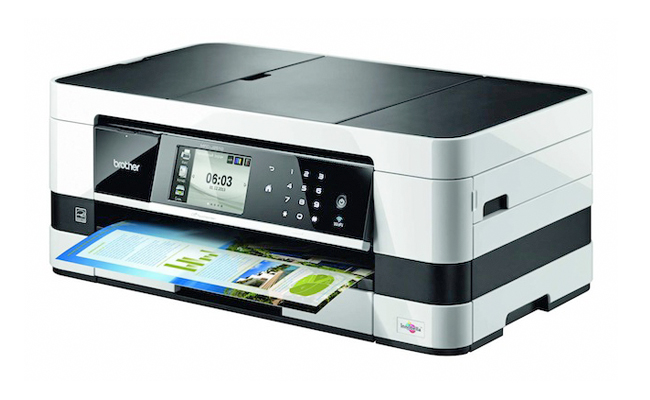
To obtain high-quality black color, black is added to the 3 main ones. The color model is abbreviated in English as CMYK. By combining two or three colors, basic shades are obtained, but high-quality color photos can only be printed on expensive laser printers.
Reference! Conventional laser printers are good for printing text with color graphics or diagrams.
Paper size
Business documentation is kept on A4 standard paper. Printers for home and office use are designed for this format. For products in A3 format, which are two A4 standards in size, wide format printers are used. Such models belong to the class of semi-professional or professional.
To work with A2, A1, A0 formats, professional printers are produced that can work not only with individual sheets, but also with roll products. For small A6 format images, you can use compact mobile printers. They weigh no more than 0.5 -1.5 kg, easily fit into a woman's bag or briefcase, and allow you to print photos from any gadget. Some portable models can create documents in full A4 format.
Print speed
Determined by the number of pages printed in 1 minute. Laser models operate at higher speeds than inkjet models. The speed of laser devices is equal to the rotation speed of the drum feeding the paper. With black and white technology, a conventional laser device produces up to 18-22 pages per minute. For more expensive models, the speed is increased to 50 prints per minute. Inkjet models are slower, especially when printing color. Average speed – up to 4-8 images per minute. Printing 1 photo may take 2 minutes.
Additional features
Along with printers that operate only in print mode, MFPs that combine 3 functions are widely used: printer, scanner, copier. Today, when talking about printers, as a rule, we mean MFPs.
Additional features may be presented:
- Creation of wired and wireless networks. The second requires a Wi-Fi interface. Network-connected printers print documents from any networked computer. Connecting to the network makes it possible to print files not only from a computer, but from any mobile devices with a similar interface.
- Double-sided printing is convenient for large volumes. Eliminates the need for manual sheet transfer. Not required for home use.
- A memory card slot may be needed for mobile photo printing. Quickly print a photo from the camera's memory card.
- The tray size is selected based on the printer's performance. The paper is fed through the tray into the MFP. For simple models, the tray is designed for 100-150 sheets, for office models - 200-500 sheets, for printing enterprises - 1000 sheets or more.
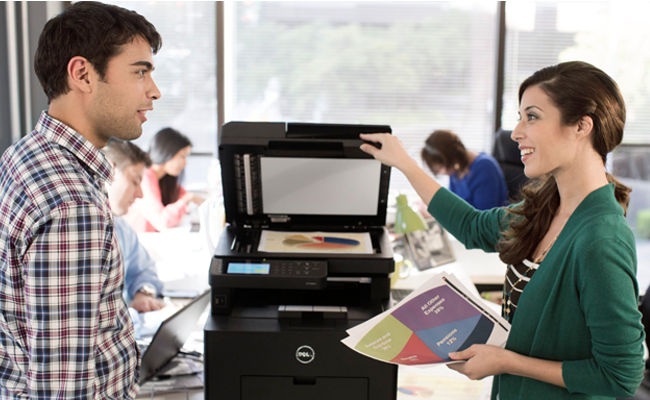
The best printer models
The best manufacturers in the printer market are: Xerox, Samsung, HP, Canon, Kyocera, Epson, Ricoh, Brother. The quality of the products of these brands has been firmly proven by time and customer reviews. Each model has pros and cons in its price category.
Inkjet printers:
- Canon PIXMA iX6840 – 5 colors, ability to work with additional cartridges, printing -10 color, 14 black and white ppm, wireless connection.
- Epson L805 – 6 colors, CISS, up to 38 color ppm, high-quality photo printing.
- Epson M100 – black and white, 34 ppm, 140 ml cartridge, CISS, cartridge performance – 6 thousand pages, low cost.
- HP Officejet Pro 8100 ePrinter – duplex printing, 20 ppm for black and white, 16 ppm for color, quiet operation, black and white cartridge resource – 2300 pages, color – 1500 pages, tray capacity – 250 sheets, good photo quality, Wi-Fi access, office MFP with a convenient control panel.
- Canon MAXIFY MB2740 – 4-color and double-sided, color display, tray capacity – 500 sheets, 24 black and white, 15.5 color ppm, Wi-Fi, Internet.
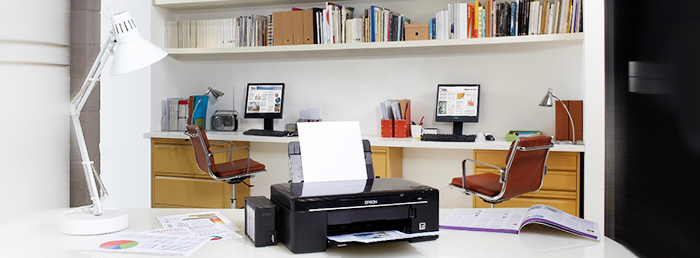
Laser printers:
- Samsung Xpress C430W – 4-colors, 18 ppm, wireless printing, maximum detailed image.
- HP LaserJet Pro M104W – black and white, 22 ppm, compact, able to work with different paper quality and thickness, USB connector, Wi-Fi.
- Brother HL -1212WR – black and white, 20 pages per minute, 1 cartridge per 1000 pages, compact size, USB port, Wi-Fi.
- Xerox Phaser 3020BI – LED system, black and white, 20 ppm, USB port, Wi-Fi.
- Kyocera ECOSYS P2035d – black and white, up to 35 ppm, 1st sheet – in 8 s, wireless connection, double-sided version, cartridge resource – 2500 pages, ability to work with different paper thicknesses and densities.
When choosing a printer, you need to focus on your own equipment preferences. It is also important what exactly the device is needed for, this will make it clear which printer to choose.


